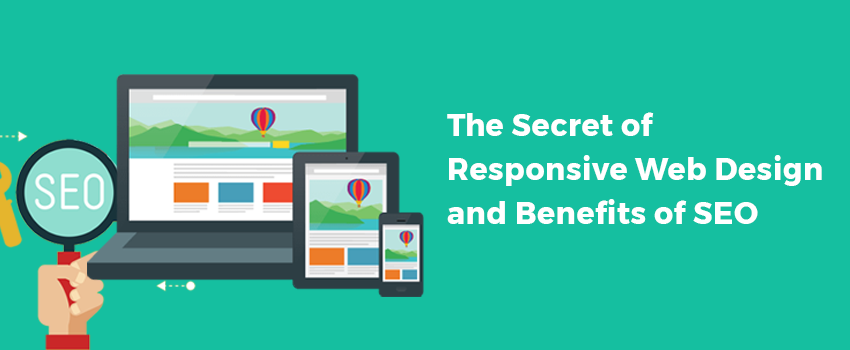A Comprehensive Guide to the Latest Trends in Web Design and How to Incorporate Them Into Your Site

A Comprehensive Guide to the Latest Trends in Web Design and How to Incorporate Them Into Your Site
- In today's digital age, having a strong online presence is crucial for businesses and individuals alike. A well-designed website is a key component of establishing and enhancing that online presence. Web design encompasses various aspects, including visual aesthetics, user experience, and functionality, all aimed at creating an engaging and effective online platform. In this article, we will explore the basics of web design and how it can help improve your online presence.
- Web design basics involve a combination of technical skills and creative vision. It starts with the layout and structure of a website, ensuring that it is user-friendly and intuitive to navigate. A visually appealing design that reflects your brand identity is also essential. Colors, fonts, and imagery should be chosen carefully to create a cohesive and memorable experience for visitors.
The Top 5 Web Design Trends of 2023
Web design is a constantly evolving field, with new trends and techniques emerging every year. Staying updated with the latest trends is crucial to ensure your website remains modern, engaging, and user-friendly. In this article, we will explore the top five web design trends of 2023 that will shape the digital landscape.
- Minimalistic Designs: In recent years, minimalistic designs have gained immense popularity, and this trend is expected to continue in 2023. Clean layouts, ample white space, and a focus on simplicity are the key characteristics of this design approach. Minimalistic designs not only create an elegant and uncluttered look but also enhance the user experience by making navigation and content consumption easier.
- Dark Mode: Dark mode has been a rising trend in web design since 2021, and it is expected to become even more prevalent in 2023. This design trend involves using dark color schemes, typically with light text and elements, creating a sleek and immersive browsing experience. Dark mode not only reduces eye strain but also adds a touch of sophistication to the overall design.
- 3D Visuals and Illustrations: Incorporating three-dimensional visuals and illustrations can add depth and interactivity to your website. This trend brings static designs to life by creating a sense of realism and engagement. 3D elements can be used for product showcases, animated effects, or even entire website backgrounds, providing a unique and memorable user experience.
- Micro interactions: Micro interactions are subtle and engaging animations or effects that respond to user actions, such as button clicks, form submissions, or hover effects. These small interactions provide feedback, guide users, and make the browsing experience more interactive and enjoyable. Incorporating micro interactions can significantly enhance user engagement and create a positive impression of your brand.
- Voice User Interface (VUI): With the rise of smart speakers and voice assistants, integrating voice user interfaces into web design is becoming increasingly important. VUI allows users to interact with a website through voice commands, making it more accessible and convenient. Incorporating VUI into your website can help you stay ahead of the curve and cater to the growing number of users relying on voice technology.
Adaptive Web Design & User Interface Principles That Help Create a Seamless Experience for All Users
- Creating a website that caters to the diverse needs of users is essential in today's digital landscape. Adaptive web design and user interface (UI) principles play a crucial role in achieving this goal. In this article, we will explore how adaptive website designs and UI principles work together to create a seamless experience for all users.
- Adaptive website designs are built with responsiveness in mind. They adapt and adjust their layout, content, and functionality to suit different devices, screen sizes, and user preferences. By utilizing responsive design techniques, such as flexible grids, media queries, and fluid images, adaptive websites can provide an optimal viewing experience across various platforms, whether it's a desktop computer, tablet, or smartphone.
- UI principles complement adaptive design by focusing on creating intuitive and user-friendly interfaces. These principles guide the placement of navigation menus, buttons, forms, and other interactive elements to ensure easy navigation and interaction for all users. Consistency, simplicity, and clear visual hierarchy are key aspects of effective UI design. By adhering to these principles, websites can enhance usability and accessibility, making it easier for users to find information, complete tasks, and engage with the content.
- Furthermore, UI principles also include considerations for users with disabilities. Implementing accessibility features, such as alt text for images, proper semantic markup, and keyboard navigation options, ensures that individuals with visual impairments, motor disabilities, or other accessibility needs can navigate and interact with the website effectively.
How to Optimize and Speed Up Your Site with the Right Tools
In the fast-paced digital world, website loading speed plays a critical role in user experience and search engine rankings. Slow-loading websites can frustrate visitors and lead to high bounce rates. Fortunately, there are various page speed optimization techniques and website optimization tools available to help improve your site's performance. In this article, we will explore how to optimize and speed up your site with the right tools.
One of the fundamental page speed optimization techniques is minimizing file sizes. Compressing images, minifying CSS and JavaScript files, and reducing unnecessary code can significantly improve load times. Additionally, caching techniques, such as browser caching and content delivery network (CDN) integration, can store static files closer to users, reducing latency and improving loading speed.
What Are Some Tips to Enhance Your Website's Visual Appeal & User Experience?
When it comes to websites, visual appeal and user experience are paramount in capturing and retaining visitors' attention. Here are some tips to enhance your website's visual appeal and user experience
- Streamline the Design: Keep your website's design clean and uncluttered. Use ample white space to create a visually pleasing layout that allows the content to stand out.
- Consistent Branding: Ensure your website reflects your brand identity through consistent use of colors, fonts, and imagery. This helps in creating a cohesive and memorable experience for users.
- Intuitive Navigation: Make navigation easy and intuitive by using clear menus, logical page hierarchy, and clickable buttons. Visitors should be able to find the information they need quickly and effortlessly.
- Responsive Design: Optimize your website for mobile devices to provide a seamless experience across different screen sizes. Responsive design ensures that your site looks and functions well on smartphones and tablets.
- Fast Load Times: Slow-loading websites can lead to high bounce rates. Optimize images, minify code, and leverage caching techniques to improve load times and enhance user experience.
- Engaging Visuals: Incorporate high-quality images, videos, and graphics that are relevant to your content. Visual elements can capture users' attention and enhance engagement.
In conclusion, web design plays a vital role in establishing and improving your online presence. By focusing on visual aesthetics, user experience, and functionality, a well-designed website can engage visitors, build brand credibility, and drive desired actions. Whether you are a business looking to attract customers or an individual aiming to showcase your portfolio or ideas, understanding the basics of web design is essential










